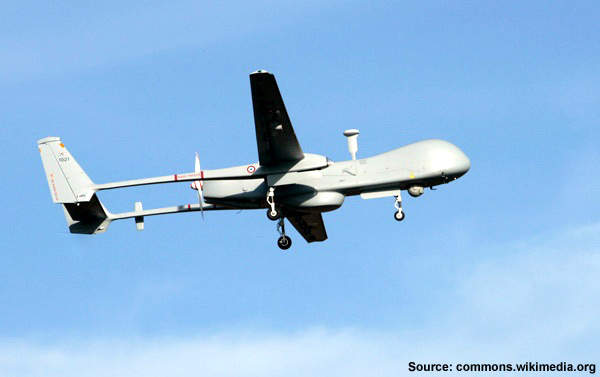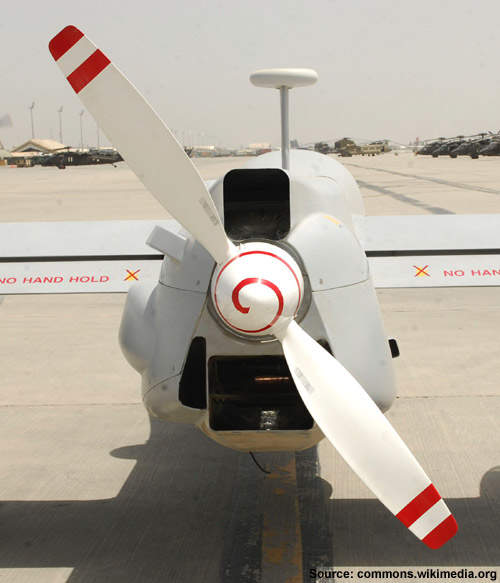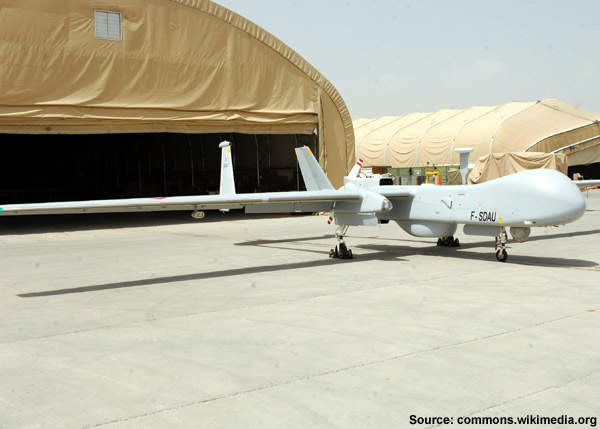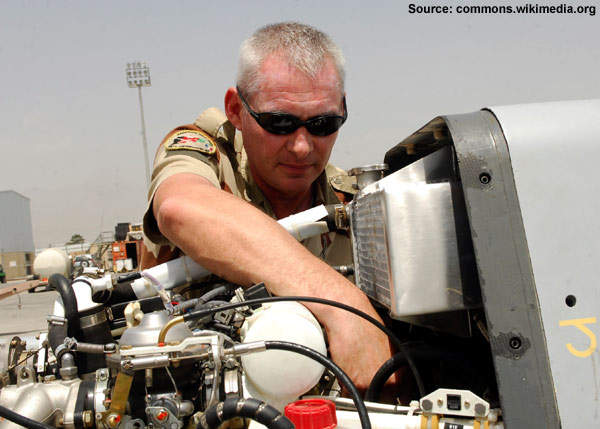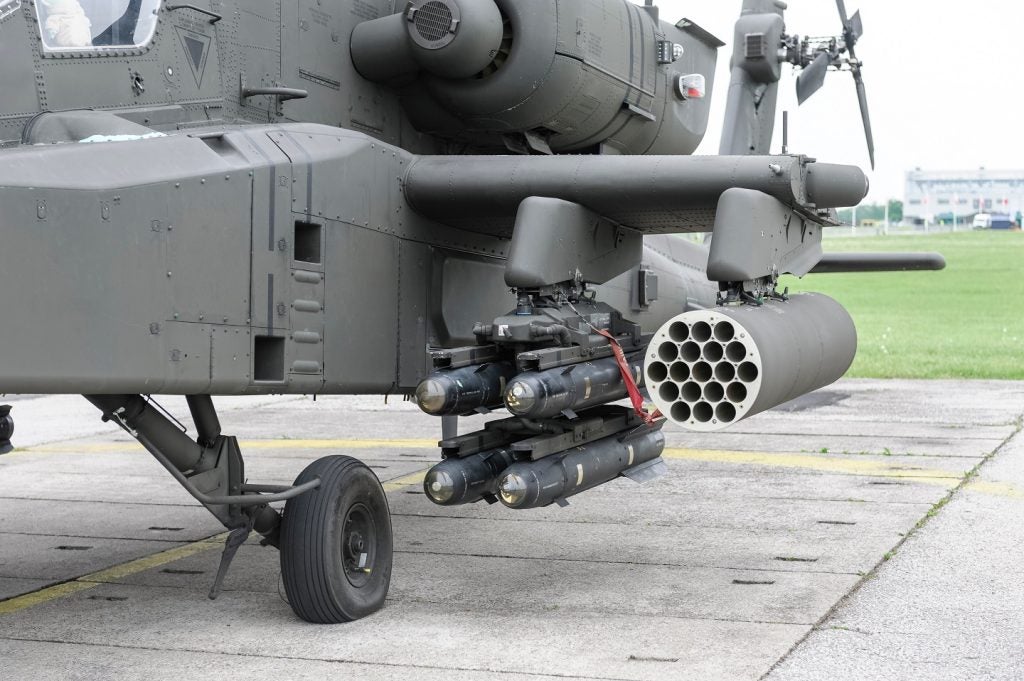Harfang is a medium-altitude, long-endurance (MALE) unmanned air vehicle (UAV) system principally designed and developed for the French Air Force to perform strategic reconnaissance and tracking missions in the depth of the battlefield. It was earlier known as SIDM (system interimaire de drone MALE) and has replaced the RQ-5 Hunter. It was manufactured by EADS, France, and Israel Aerospace Industries (IAI) further aided in manufacturing the aerial platform and subsystems.
The maiden flight of Harfang took place on 9 September 2006 and it entered into service in June 2008. The advanced systems in the drone offer automatic take-off and landing (ATOL) in all weather conditions. The UAV system provides the national and international joint command structures with real-time data of the enemy’s battlefield by performing surveillance and target acquisition over a large area.
Harfang UAV orders and deliveries
The Harfang system, made up of three aerial vehicles and two ground stations, is in use by the French Air Force. Three Harfang drones were distributed to Bagram Airfield in Afghanistan in February 2009, under Lieutenant-Colonel Cyril Carcy to perform reconnaissance and tracking operations in Afghanistan. One of the drones was later damaged in March 2009 due to freezing and human or software error. The French Air Force procured a fourth Harfang to replace the damaged drone while it was repaired.
A Є33.7m ($49m) contract was awarded to EADS by the Directorate General of Armaments (DGA) in December 2009 to supply the fourth Harfang drone and a third ground control station (GCS) under a SIDM system programme.
The fourth drone and the ground station was delivered to the Adour Squadron, based in Cognac, in 2010 and used for training operations by the French Air Force.
Harfang UAV design and features
The Harfang design is based on IAI’s Eagle 1 / Heron TP platform. It can perform a range of missions encompassing surveillance, reconnaissance and target designation. It transmits data or images captured by the optronics sensor and airborne radar through a satellite link.
The drone features a high wing, equipped with shutters and de-icing systems stabilised by a twin-boom. It can carry a maximum payload of 250kg to 7,500m for 24 hours without refuelling.
Navigation
The Harfang can be controlled either manually from the ground control station or autonomously. It is fully equipped with an inertial measurement unit (IMU) and differential global positioning system (GPS), which help in automatic safe landing during communication failure with the GCS.
Sensors
Harfang is equipped with electro optic (EO) and infrared (IR) sensors, thermal surveillance equipment, identification friend or foe (IFF) transponder, flight recorder and laser designator. The on-board computer equipment and sensors were supplied by Malat Division of IAI.
The EO sensor converts light rays into electronic signals for capturing images, real-time data and videos. The laser designator is used in the Harfang for targeting the enemy battlefield. Thermal surveillance equipment is used to capture high-resolution images at night by penetrating clouds, rain, smoke, fog and smog.
Radars
A synthetic aperture radar (SAR) and moving target indicator (MTI) are installed in the Harfang system. The SAR captures high-resolution images of the battlefield despite bad weather conditions, using highly modern digital electronics technology. It also monitors vehicle movement on the ground under any meteorological condition.
Engine
The Harfang is powered by a single four-stroke liquid air-cooled Rotax 914 F turbocharged engine. The engine can produce 115hp (86kW). It was manufactured by Austria’s leading aircraft engine supplier BRP-Rotax. The engine has the capacity to produce 5,800rpm.
The engine features an automatic waste gate control, two carburettors, electronic dual ignition, an electric starter, propeller speed reduction unit, engine mount assembly, and an air intake and exhaust system.
Harfang ground control station
The processing, retrieving and storing of the real-time data provided by the Harfang UAV will be carried out by the ground control station, which features four modules: M1, M2, M3 and M4.
M1 is a mission preparation station, while M2 is a command and control unit specifically used for performing automated take-off and landing. The data collection unit, M3, collects the information provided by the UAV through a satellite data link system manufactured by InSEC. M4 is the military intelligence centre used for storing the confidential data transferred by the UAV.
The line-of-sight (LOS) link system developed by the MAS provides direct communication with the Harfang for up to 200km. Operating at longer ranges, the UAV uses a directional antenna and geostationary satellites.
Performance
The maximum speed of the Harfang is 207km/h. The range and service ceiling of the UAV are 1,000km and 7,620m respectively. It weighs around 657kg and the maximum take-off weight is 1,250kg.

